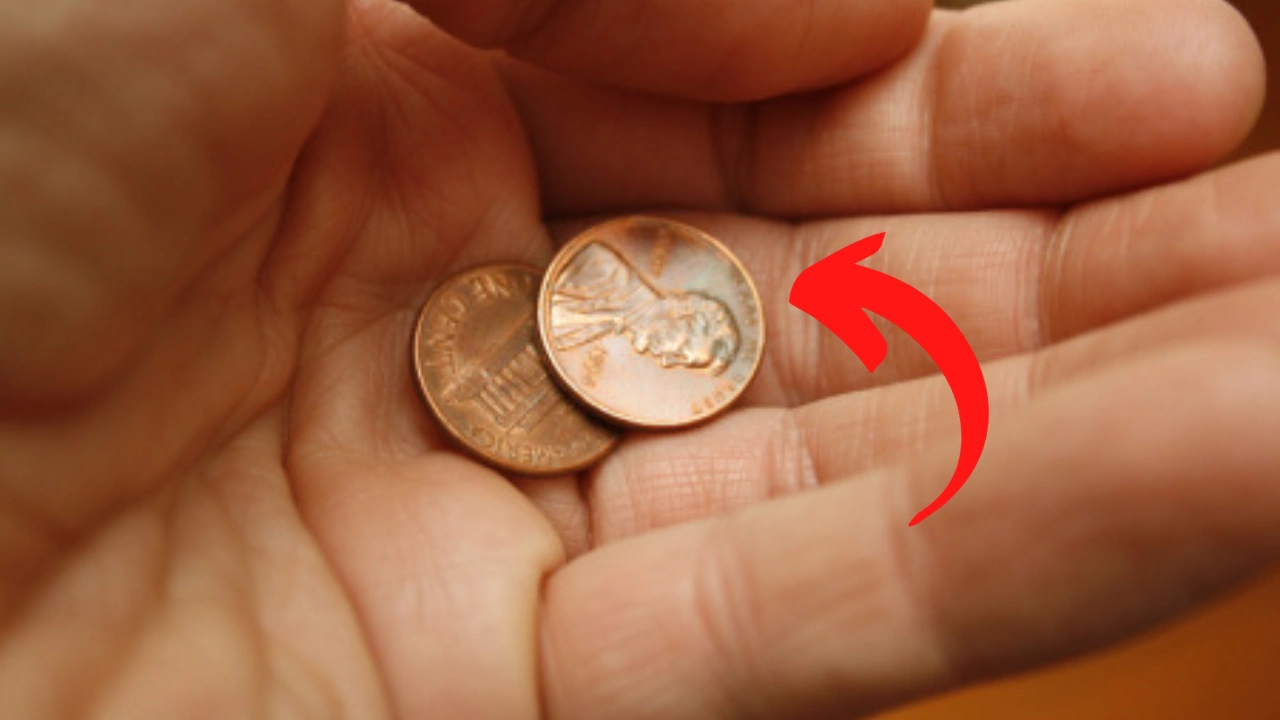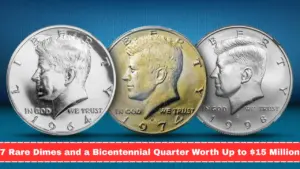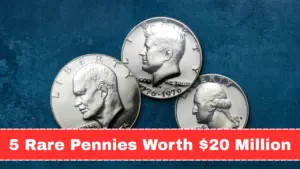The Lincoln Wheat Penny Valued at $300 Million: The idea of discovering a penny worth millions sounds like a fantasy, but for coin collectors and numismatists, it’s a thrilling possibility. The Lincoln Wheat Penny, one of America’s most iconic coins, continues to captivate collectors worldwide. While most of these pennies hold minimal value, rare editions have fetched staggering amounts at auctions. Recently, rumors have surfaced about a Lincoln Wheat Penny worth $300 million, igniting curiosity among collectors. But is there any truth to this claim?
In this article, we will debunk the myths, explore the factors that make these pennies valuable, and help you identify if you have a rare penny in your collection.
What Is the Lincoln Wheat Penny?
The Lincoln Wheat Penny was first minted in 1909 to commemorate the 100th anniversary of Abraham Lincoln’s birth. Designed by Victor David Brenner, this was the first U.S. coin to feature a historical figure rather than a symbolic design.
Key Features of the Lincoln Wheat Penny:
- Obverse (Front): Displays Lincoln’s profile along with the inscriptions “In God We Trust,” “Liberty,” and the year of minting.
- Reverse (Back): Features two wheat stalks framing the words “One Cent,” symbolizing America’s agricultural heritage.
- Years of Production: 1909–1958.
- Replaced By: The Lincoln Memorial Penny in 1959.
Over its production years, rare variations and minting errors turned some Lincoln Wheat Pennies into valuable treasures.
What Makes Some Lincoln Wheat Pennies Valuable?
Several key factors determine whether a Lincoln Wheat Penny holds significant value:
1. Rare Dates
Certain years saw low production numbers, making those pennies rare and highly sought after by collectors. Examples include:
- 1909-S VDB (San Francisco Mint, with designer’s initials)
- 1914-D (Denver Mint, low mintage)
- 1922 No D (Philadelphia Mint error)
2. Minting Errors
Mistakes made during production can greatly increase a penny’s value. Some of the most famous minting errors include:
- 1955 Double Die Penny (noticeable doubling of the date and letters)
- Off-Center Strikes
- Missing Mint Marks
3. The 1943 Bronze Penny – A Collector’s Dream
In 1943, pennies were made from steel to conserve copper for World War II. However, a few pennies were accidentally struck in bronze, making them among the rarest and most valuable coins.
4. Condition and Grading
Coins in pristine condition, graded by services like PCGS (Professional Coin Grading Service) or NGC (Numismatic Guaranty Corporation), fetch the highest prices.
Is There a $300 Million Lincoln Wheat Penny?
The most expensive Lincoln Wheat Penny ever sold is the 1943 Bronze Wheat Penny, which reached $1.7 million at auction. While rumors of a $300 million penny make for an intriguing story, there is no verified evidence supporting such a claim. The myth likely stems from exaggerated reports or misinterpretations of actual auction sales.
Lincoln Wheat Pennies That Sold for Big Money
| Year | Type | Sale Price |
|---|---|---|
| 1943 | Bronze Wheat Penny | $1.7 million |
| 1909 | S VDB First Edition | Up to $100,000 |
| 1914 | D Rare Denver Mint Issue | Up to $100,000 |
| 1955 | Double Die Error | Up to $20,000 |
| 1922 | No D (Missing Mint Mark) | Up to $12,000 |
These sales prove that while a $300 million penny is a myth, some Lincoln Wheat Pennies are undeniably valuable.
Can You Find a Rare Lincoln Wheat Penny in Circulation?
Surprisingly, yes! Rare Lincoln Wheat Pennies occasionally appear in circulation, especially in old coin collections, piggy banks, or estate sales. Many collectors have struck gold simply by checking their spare change.
How to Identify a Rare Lincoln Wheat Penny?
If you want to spot a valuable Lincoln Wheat Penny, follow these steps:
- Check the Year – Look for key dates like 1909-S VDB, 1914-D, 1922 No D, 1943 Bronze, and 1955 Double Die.
- Inspect the Mint Mark – The presence or absence of a mint mark (“S” for San Francisco, “D” for Denver) affects value.
- Look for Minting Errors – Double lettering, missing marks, or misprints increase rarity.
- Perform the Magnet Test – A 1943 penny that does not stick to a magnet could be a rare bronze variety.
- Weigh the Coin – A bronze penny weighs 3.11 grams, while a steel penny weighs 2.7 grams.
What to Do If You Find a Rare Penny?
If you think you have a valuable Lincoln Wheat Penny, follow these steps:
- Do Not Clean It – Cleaning can lower its value.
- Get It Professionally Graded – PCGS or NGC can provide an official grade and certification.
- Research Auction Prices – Compare recent sales of similar coins.
- Consult a Reputable Coin Dealer – Experts can confirm authenticity and advise on selling options.
Final Thoughts
While the story of a $300 million Lincoln Wheat Penny is more fiction than fact, the possibility of finding a valuable penny remains real. The Lincoln Wheat Penny holds both historical and monetary value, making it an exciting find for collectors and everyday individuals alike. Next time you receive loose change or sort through old coins, take a closer look you might just uncover a hidden treasure worth thousands, or even millions, of dollars!


